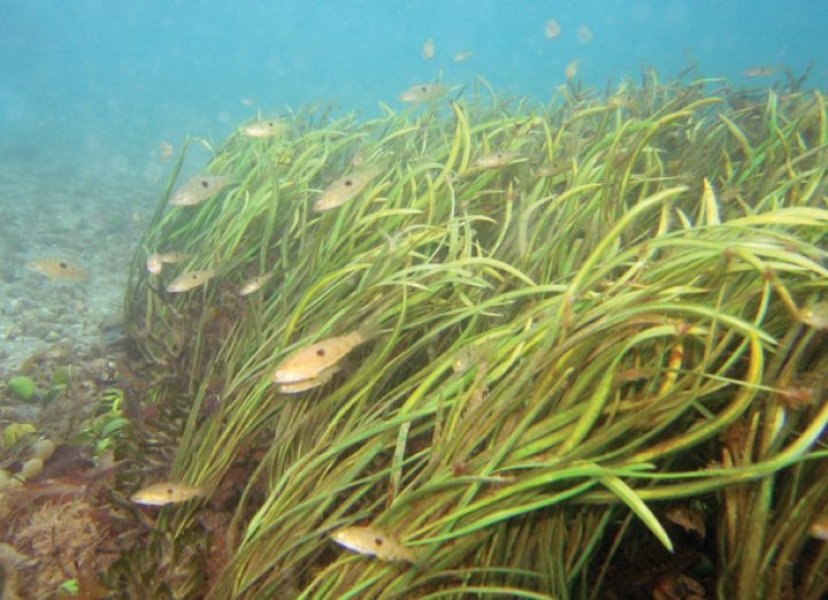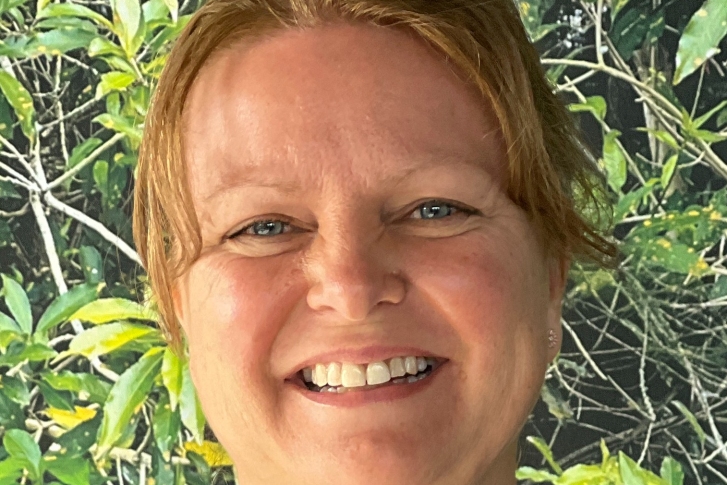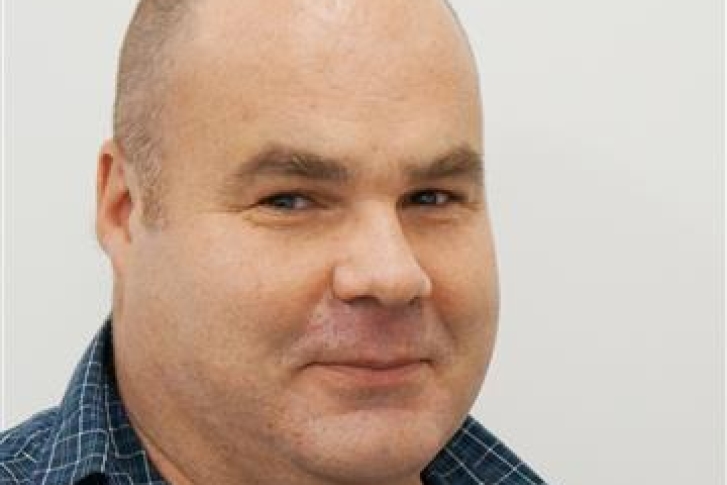Seagrass meadows – vital nursery grounds for young fish – are vanishing at an alarming rate. Worldwide, seagrass is disappearing up to ten times faster than tropical rainforests.
In New Zealand, young snapper, trevally, and other popular fish rely on seagrass meadows for shelter and food in many areas. Scientists warn of a “cascade effect” where habitat loss leads to fisheries collapse.
Zostera muelleri (Maori: rimurehia) is New Zealand’s only species of seagrass but more than 50 species exist worldwide. Globally, seagrass is in declining by 2-5 percent per year, compared with 0.5 percent for tropical forests (Encyclopaedia of Earth, www.eoearth.org/article/seagrass_ meadows). Here extensive areas of seagrass have been lost, including meadows in the Whangarei, Manukau, Waitemata, Tauranga, and Avon-Heathcote estuaries. Almost all of Whangarei Harbour’s 12 square kilometres of seagrass was lost in the 1960s; 90 percent of the seagrass in Tauranga Harbour disappeared between 1959 and 1996. When the seagrass disappeared, so did the juvenile fish, reducing the numbers of adult fish there today.
Seagrass is the only flowering plant that grows in the sea, and probably colonised the marine environment about 100 million years ago from freshwater and coastal ancestors. As well as providing shelter and food for young fish, seagrass meadows are important feeding grounds for wading birds such as pied stilts and royal spoonbills. In New Zealand, seagrass is mostly intertidal (exposed at low tide and covered by water at high tide). Its thin, olive-green leaves lie flat on the sand when exposed, and float upright when submerged. So why is seagrass declining so rapidly? “Both natural and human-related factors are at play here,” says Dr Fleur Matheson, NIWA biogeochemist. “Erosion from the land leaves seagrass beds smothered in run-off, and can carry pollutants which either harm them directly, or make them more vulnerable to disease. Also, invasive marine plants outcompete seagrass in some places. Grazing by black swans is a potential threat too.”
Dredging and coastal development, she says, along with damaging recreational activities compound the problem.
Flow-on effects of the loss of seagrass are significant for other parts of the ecosystem too. “If you degrade a habitat, then you degrade the density of the fish associated with that habitat. It has a cascade effect,” says Dr Mark Morrison, NIWA fisheries ecologist. Research has shown just how vulnerable adult fish populations are to habitat disruption in juvenile nurseries. For example, says Dr Morrison, “We now know that Kaipara Harbour is the single main nursery for juvenile snapper on the North Island’s west coast. If the nursery habitat is lost here, the whole west coast commercial snapper fishery will be lost too.”
Fish hungry for habitat
Faced with such a challenge, scientists have got innovative. In one set of experiments, they built and installed artificial seagrass units at Whangapoua Estuary in the Coromandel. Before seagrass disappears from an area, it gradually becomes thinner. Dr Morrison and his team created artificial mats which mimicked six density levels of seagrass, from sparse to very dense, and used them to measure how differing seagrass blade densities affect how many juvenile fish are present.
“It’s a bit like tall AstroTurf for fish, with tantalising long blades of fake green grass. That’s what fish really go for,” says Dr Morrison.
Fish numbers peaked towards the higher densities, with a plateau in numbers at the highest density. Dr Morrison says this is probably due to “food limitation kicking in”, as fish form an active feeding front on the up-current side of the mats, visually picking out zooplankton (tiny crustaceans) as they are swept through the mats by the current. “What we found is that the fish are really looking for shelter, and the artificial mats provided them with good protection,” says Dr Morrison. “More than nineteen species of fish, including lots of juvenile snapper and trevally, used the mats so that’s pretty high-end fish real estate.”
The scientists are now developing a model of how changing seagrass blade density affects fish populations. The next series of experiments, led by NIWA’s Dr Darren Parsons, will focus on how fish survival, growth, and movement vary in relation to seagrass blade density.
In the meantime, Dr Matheson is working on ways to help seagrass recover naturally, by transplanting locally-sourced healthy plants to areas where degradation has occurred. With Northland Regional Council and the local kaitiaki roopu, trials have been carried out in Whangarei Harbour. Dr Matheson says eliminating the cause of the decline is key to the success of the transplanting – the water quality and seabed conditions must be suitable for seagrass growth. “In 2009 we transplanted nine square metres of plants to one site using a couple of different techniques,” says Dr Matheson. “These plants are now thriving and spreading, which is very encouraging, and the kaitiaki roopu report that snapper have returned to this area.” This year, the scientists will transplant more plants to two more sites in the harbour.
Encouragingly, in the Auckland region, seagrass is expanding or re-establishing in parts of the lower Kaipara Harbour, and at Snells Beach and St Heliers Beach. Good news also from Whangarei Harbour, where a significant area of seagrass has returned and in fact more than half the harbour area reportedly has seagrass now. Restoration has helped the return of seagrass; there is also a lot of natural recovery thanks to better management of discharges in the upper harbour since the 1970s improved water clarity in the lower harbour.
There are still extensive seagrass meadows in some other harbours; these include Parengarenga, Rangaunu, Kaipara, Kawhia, Tairua, and Tauranga in the North Island, Wanganui Inlet, Farewell Spit, and Bluff Harbour in the South Island, and Paterson Inlet in Stewart Island. Written by Jayne Cooper-Woodhouse and Harriet Palmer, NIWA science writers.



